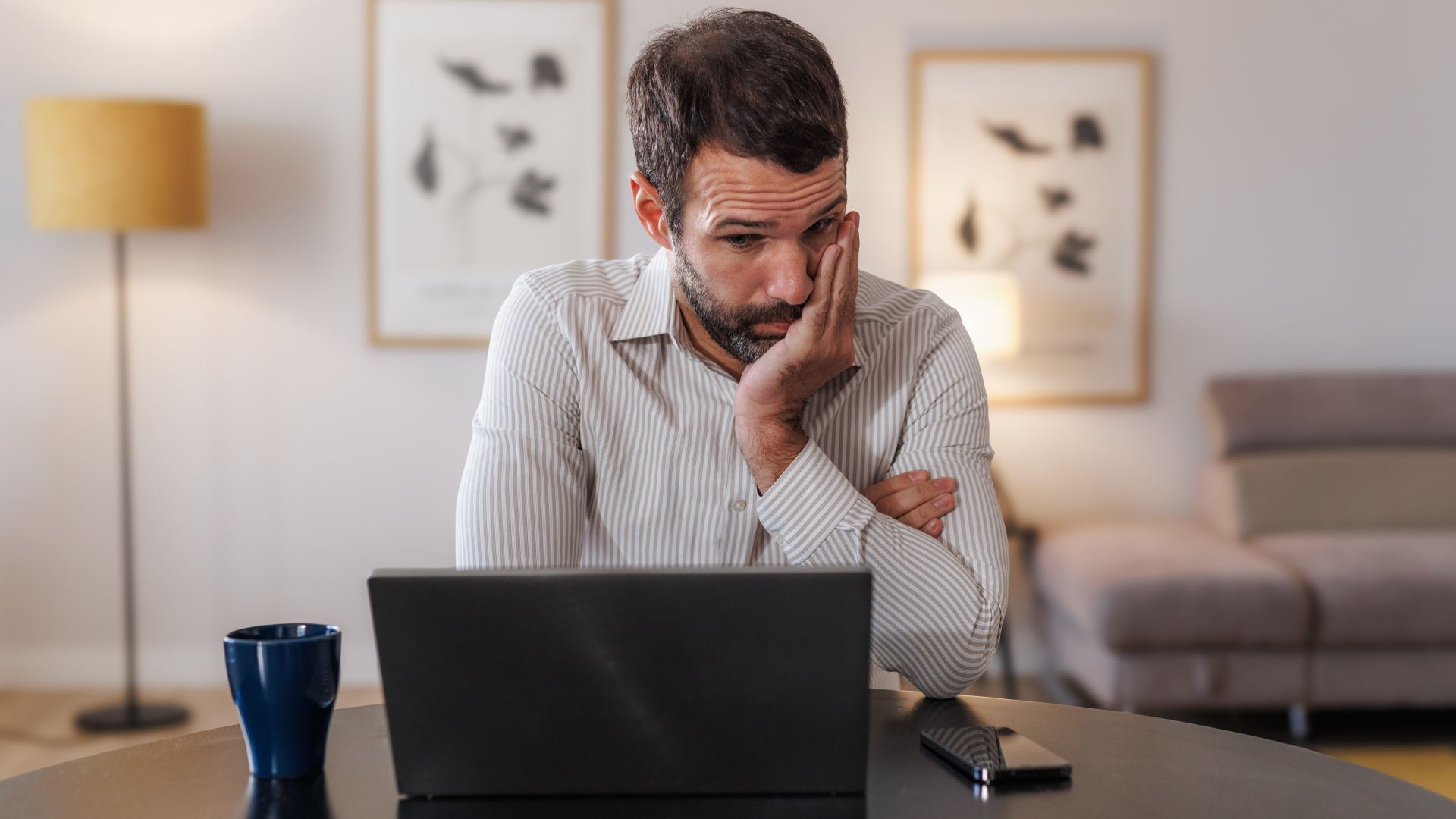Is this cheap insomnia gadget the key to falling asleep faster?
The Dodow sleep device is designed to help you fall asleep in 8 minutes — here’s how
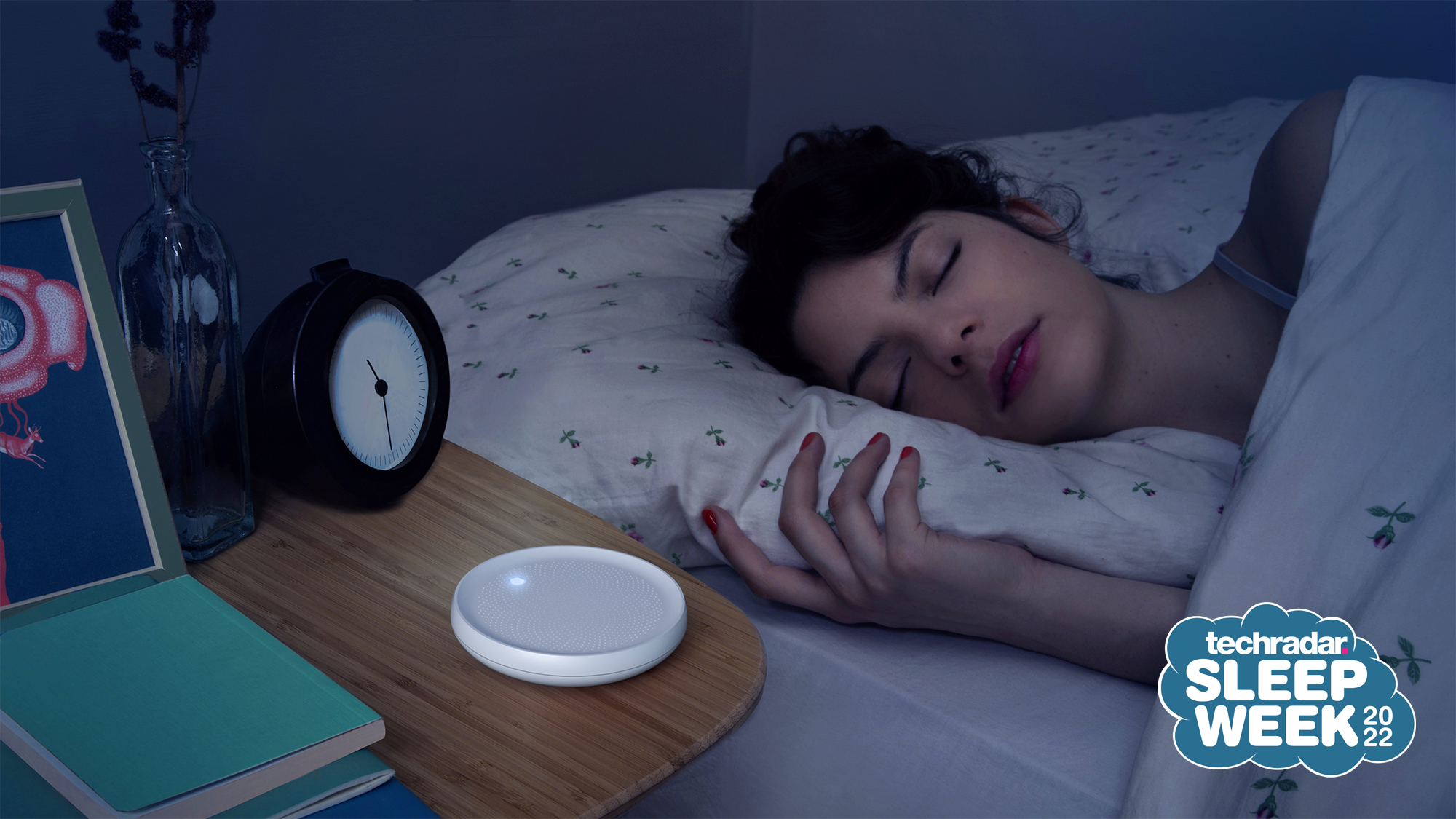
Lying awake in bed, staring at the ceiling because you can’t fall asleep isn’t fun. As an ex-insomniac, I know how demoralising sleepless nights can feel. I have tested plenty of sleep tech when working on various tech and lifestyle brands. Some gadgets made my sleep anxiety worse, but a few were so effective I’ve been going back to them for years.
The devices that worked for me have one thing in common: they encourage deep rhythmic breathing as a way to calm the nervous system and help you fall asleep faster. In the name of better sleep I’ve worn meditation headbands, spooned a sleep robot and listened to hundreds of hours of sleep music. One of the best devices for me was the Dodow, designed to help insomniacs fall asleep in eight minutes.
This dinky gadget has been around for a number of years, and further into this article I’ll show you the very first sample I was sent of the Dodow, way back in 2018. The design has been refined since then, but it’s still cheap-ish: it costs $59 / £49.90 on Amazon, and, according to Livlab, the company who makes it, the Dodow has helped more than 850,000 people to fall asleep faster at night.
Don’t get too excited though, because I know from handing this sleep device to other insomniacs that it does not work for every person. However, it worked for the majority of people who co-tested it with me, but you need to stick with it every night for it to become effective. Here’s the science behind it…
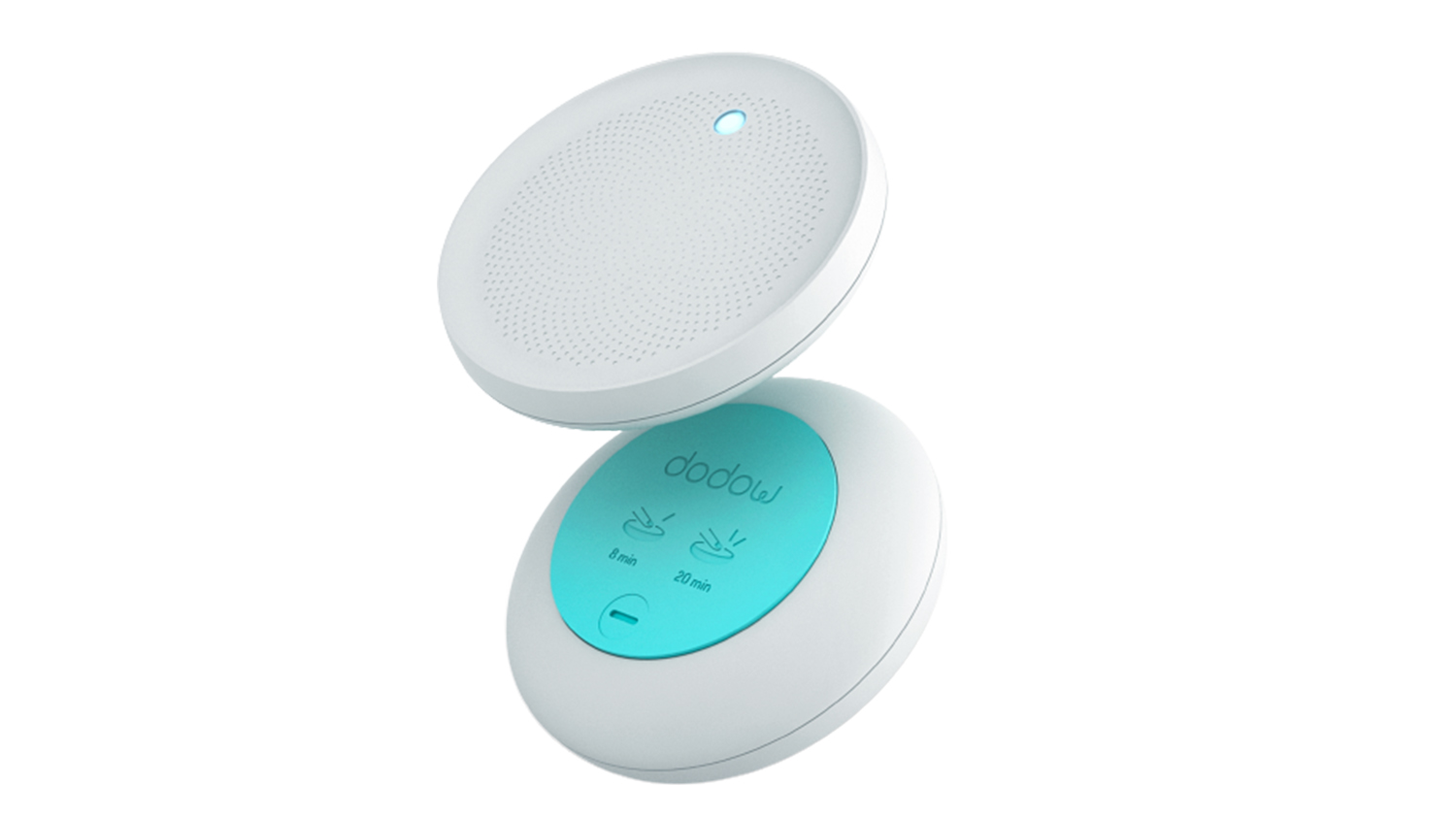
It’s all about cardiac coherence
Researchers say that a large majority of sleep issues can be attributed to stress, and that when we’re able to relax and produce something called a ‘relaxation response’, we’ll find it easier to fall asleep and stay asleep. The Dodow is inspired by an emotion management tool called cardiac coherence, often used by fighter jet pilots to calm and rebalance their autonomic nervous system (ANS).
Place the device on your bedside table. Tap the device once for the eight-minute mode or twice for the 20-minute mode. A blue light will appear on your ceiling. Sync your breathing with the light, breathing in when the light expands and out when the light retracts. Complete the entire session and let the device switch off automatically as you fall asleep.
Through a combination of meditation (you concentrating on your breath), yoga (slow, abdominal breathing) and behavioural cognitive therapy, the device works to help you produce that relaxation response so that you have a better shot at falling asleep quicker.
It couldn’t be easier to use, and the winning factor for me was how it precisely timed my breaths. The blue light the Dodow projects onto the ceiling encourages you to breathe at a rate of six breaths per minute. Doesn’t seem like much, does it?
Sign up to get the BEST of Tom's Guide direct to your inbox.
Get instant access to breaking news, the hottest reviews, great deals and helpful tips.
There is science behind this though: studies show that deep, pranayamic breathing at a rate of 6 RPM helps to rebalance the Autonomic Nervous System (ANS). And when that’s calm and balanced, you’ll feel more relaxed and sleep will come easier.
- I tried one of YouTube’s best deep sleep meditations — here’s what happened
- The best sleep apps to help you drift off easier
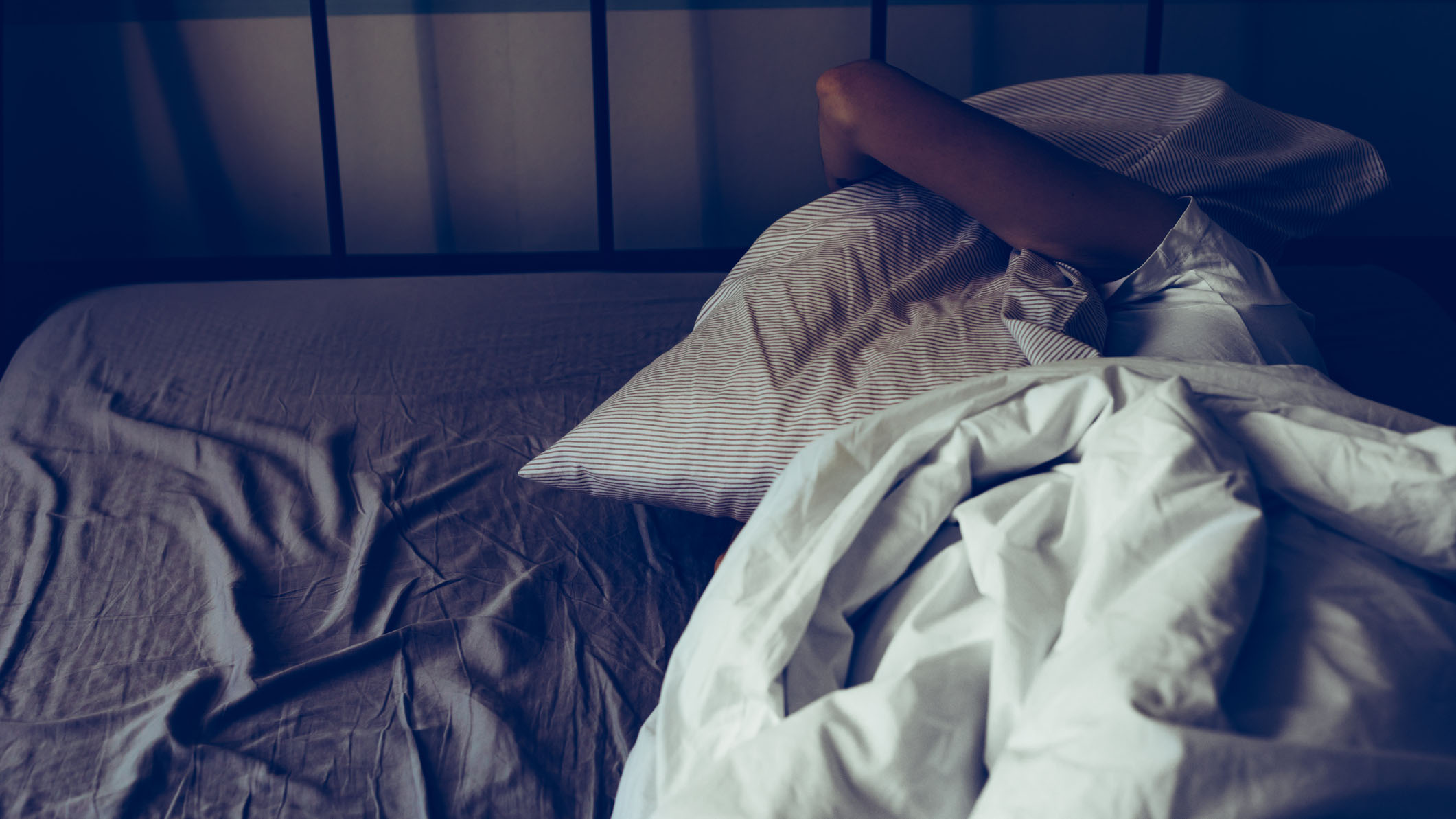
My experience using the Dodow sleep device
The first few weeks I used the 20-minute mode - at that time, falling asleep in under 30 minutes would have been a cause for celebration. Being honest, I didn’t like the Dodow at first and seriously doubted whether it could work.
I struggled with where to position it so that the dim blue light projected on the ceiling in front of me, rather than being skewed off to the side and me having to twist my body in bed to see it. And after being used to stressy, shallow breathing for so long, I found it tricky to breathe that deeply and slowly.
I found myself becoming increasingly relaxed during these shorter deep breathing sessions
However, something clicked toward the end of the third week and I found I was noticeably relaxed and ready to sleep at the end of the session. For week four I switched to the 8-minute mode and it was a complete disaster.
Why? Because I was not sleepy after the device switched off, which gave my brain time to focus on how I was not asleep but rather wide awake and that my insomnia was still raging. I had no choice but to go back to the 20-minute mode for another couple of weeks. I felt like a step back and I was really disappointed.
In week six I tried the 8-minute mode again. After my first disastrous experience I was a bit anxious about this, but surprisingly I found myself becoming increasingly relaxed during these shorter breathing sessions; they had the same impact as the 20-minute mode.
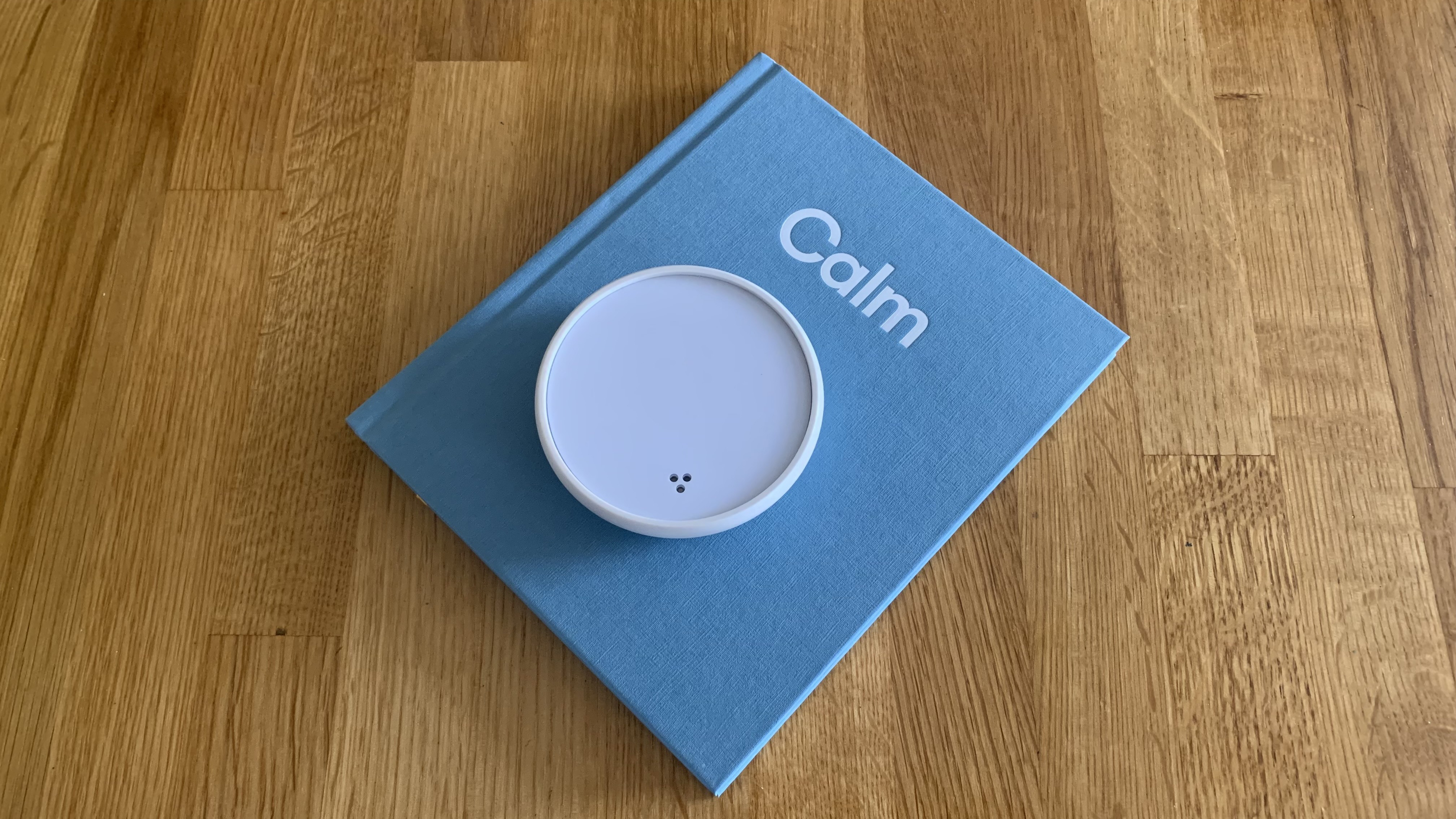
A couple of weeks later and I was definitely coming to the end of every session with a calmer, quieter mind and a higher sleep drive. The Dodow was also good for helping me to fall back asleep quickly after waking up in the middle of the night.
Not everyone I shared the Dodow with can say the same though. One colleague with chronic insomnia found the blue light distracting and was still wide awake after back-to-back sessions of the 20-minute mode (sleep experts recommend getting out of bed after 20 minutes if you can’t sleep; don’t lie there trying to fight it). She used the Dodow every night for a week before giving up.
Free alternatives to the Dodow sleep device
I will say that there are other ways to try sleep breathing techniques without spending any money, and these include the Military Sleep Method and the 4 7 8 sleep method. Both use breath to help you relax so that you drift off easier, and they are simple to use with regular practice.
Livlab is honest about how its insomnia sleep device doesn’t work for everyone, but you’ll get 100 days to try it for yourself and if you change your mind during that time, send it back for a refund. But if stress and insomnia are keeping you awake at night like they did with me, what do you have to lose?
Don’t forget that the calmer your bedroom, the calmer you will feel going to sleep. So dim the lights ahead of bedtime, take around 30 minutes to unwind, and write down your to-do list for the next day so that it’s out of your head and down on paper. If your bed isn’t comfy enough for deeper sleep, take a look at our best mattress guide to see this year’s top options for all sleep styles.
This article is part of Tom’s Guide’s Sleep Awareness Week 2022 celebration, running until Saturday 19 March. Stay tuned for plenty of sleep tips, advice and expert-rated products to help you sleep better this year.

Claire is a fully qualified journalist and Certified Sleep Science Coach with over 16 years’ product review experience. Claire is responsible for all mattress and sleep content published on Tom’s Guide, including our Best Mattress of 2025 buying guide. She is our expert on Saatva, DreamCloud, Nectar and Tempur-Pedic mattresses, and is also our in-house hybrid mattress specialist. Claire is certified to advise people on how to choose a mattress that best suits their sleep, body and budget, as well as helping them to create a nighttime routine and bedroom environment that promote good sleep. As Senior Sleep and Mattress Editor, Claire takes the lead on developing and overseeing rigorous testing procedures for our mattress reviews, both at home and in our fully equipped Sleep Lab. Claire leads a team of experienced sleep and mattress specialists who report on and test a wide range of mattress and sleep products, and she also writes about all things related to sleep, and has interviewed a wealth of experts including mattress designers and buyers, neuroscientists, and doctors of sleep medicine.
